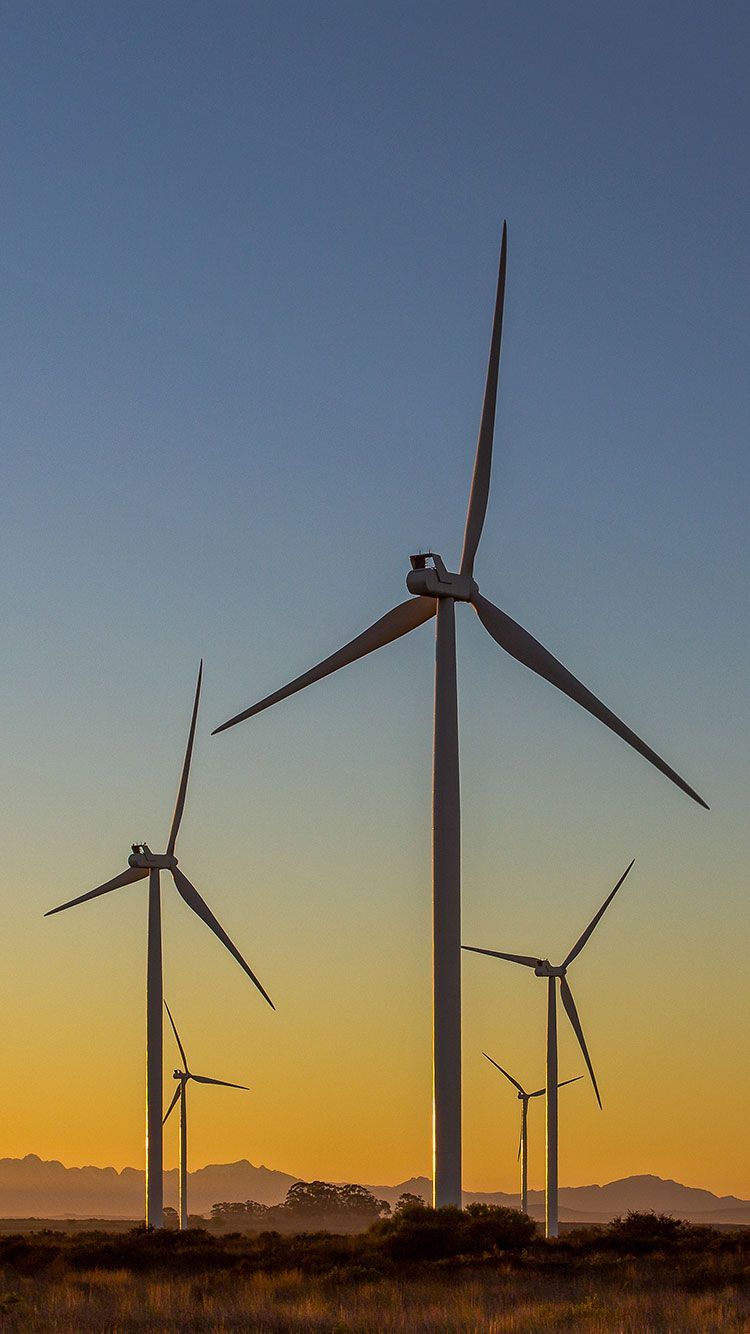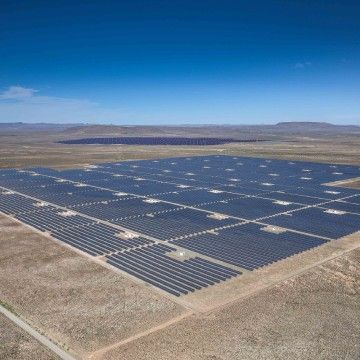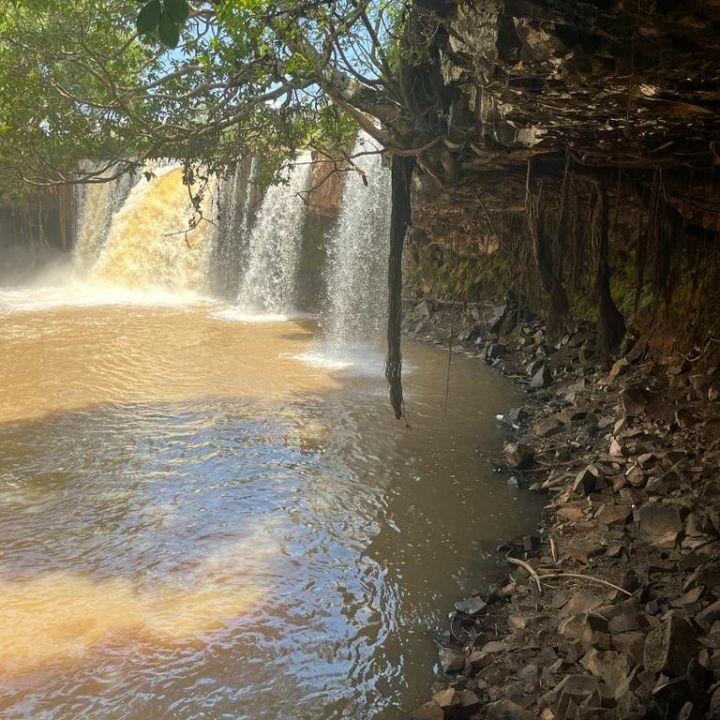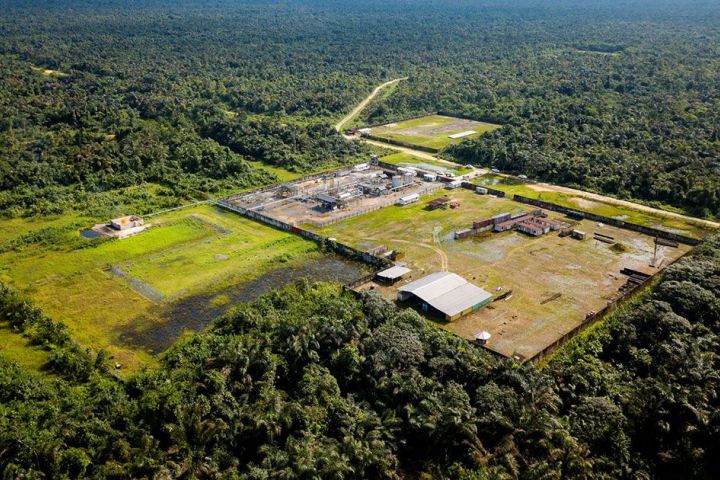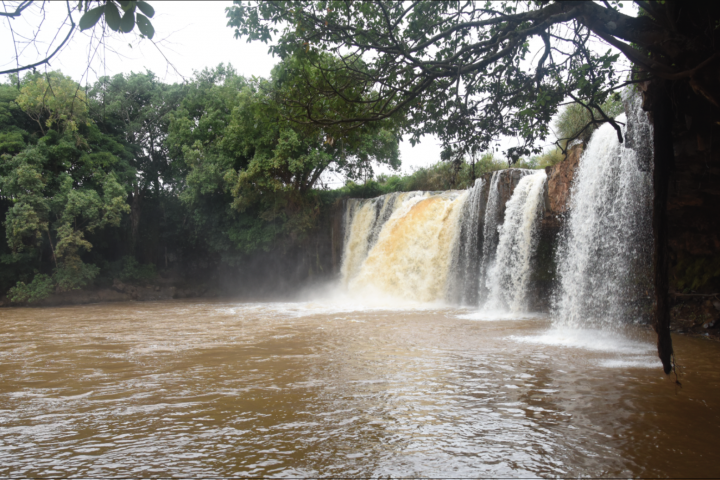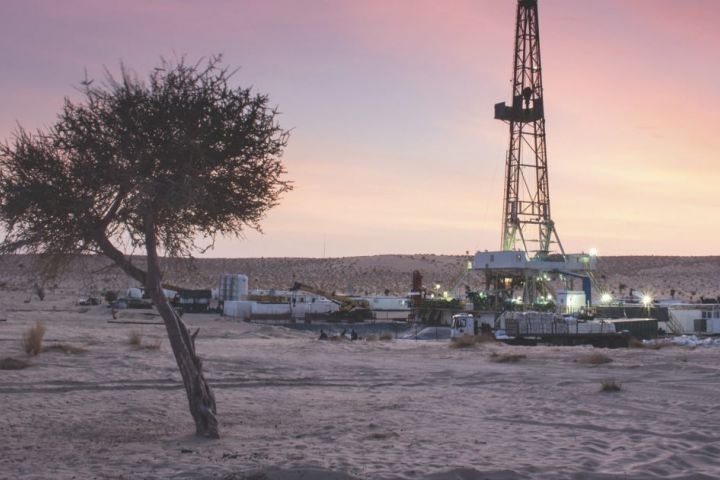11 May 2023
Savannah aims to deliver utility scale power projects across Africa. We are involved across the entire project life cycle, taking projects from greenfield development through to long term ownership and operation
Savannah’s Power Division currently has up to 696 MW of renewable energy projects in motion. We are involved across the entire project life cycle, taking projects from greenfield development through to long-term ownership and operation.
In 2025 we expect to further refine our Power Division business model, the remit of which has now been expanded to include thermal as well as renewable energy projects.
Our assets
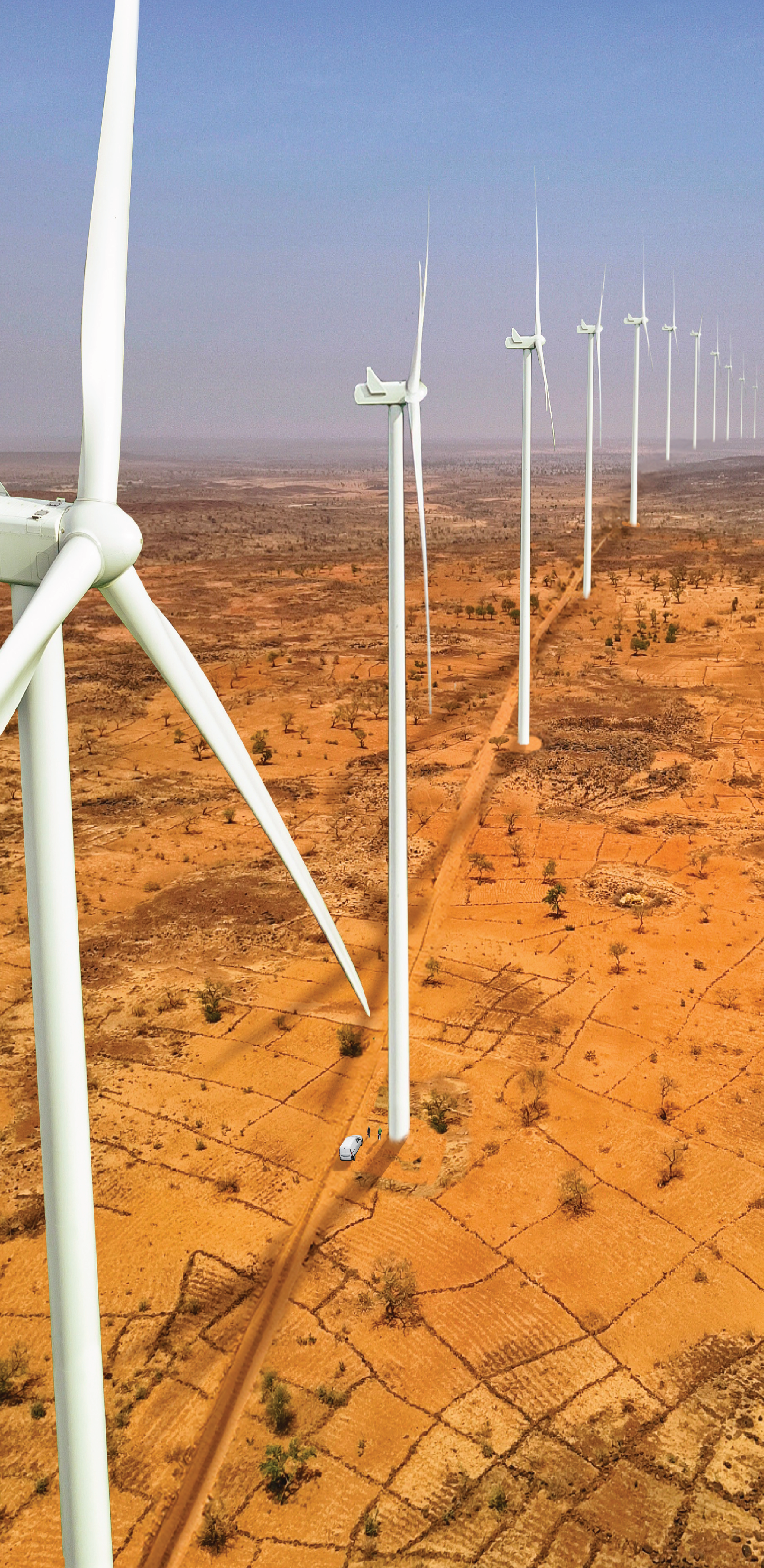
Parc Eolien de la Tarka
Savannah’s up to 250 MW Parc Eolien de la Tarka project, located in the Tahoua Region of southern Niger, is expected to be the country’s first wind farm project, expected to be the largest in West Africa. With 35 to 40 wind turbines and a total power generation capacity of up to 250 MW, it is expected to produce up to 800 GWh of electricity per year, representing approximately 24% of Niger’s projected annual electricity demand in 2026. The construction phase is expected to create over 500 jobs, while it has the potential to reduce the cost of electricity for Nigeriens and avoid an estimated 450,000 tonnes of CO2 emissions annually1.
Up to 250 MW
Proposed installed power generation capacity.
35-40 wind turbines
Expected to comprise between 35 to 40 wind turbines.
800 GWh/y
Expected to produce up to 800 GWh per year of electricity.
500 local jobs
The construction phase of the project is expected to create over 500 local jobs.
24%
Expected to supply up to 24% of Niger’s electricity demand.
First power
Project sanction expected in 2026 and first power targeted in 2028.
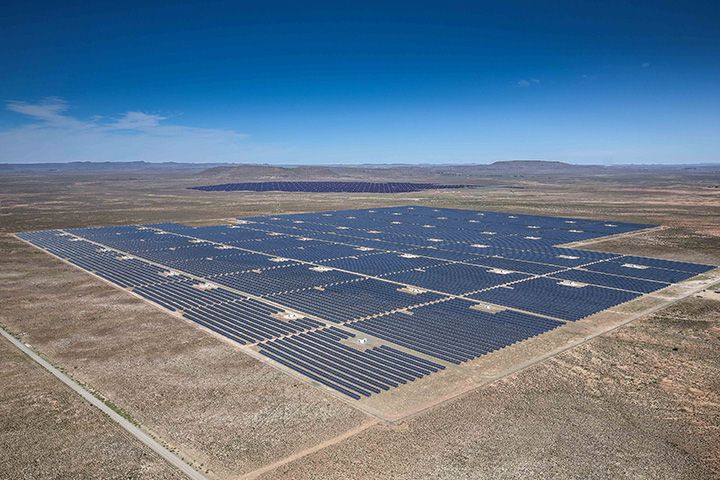
Niger solar projects
In May 2023, we announced the signing of a Memorandum of Agreement with the Government of Niger for the development of two photovoltaic solar power plants, expected to be located within 20 km of the cities of Maradi and Zinder, in southern Niger. Each plant is expected to have an installed capacity of up to 100 MW, for a total potential installed capacity of up to 200 MW. The photovoltaic solar projects are expected to generate reliable, affordable energy for Niger and supply up to 12% of Niger’s electricity demand, based on 2026 energy demand predictions. The projects are also expected to result in the avoidance of up to an estimated 260,000 tonnes of annual CO2 emissions1.
Up to 200 MW
Two solar photovoltaic power plants, of up to 100 MW each, expected to be located within 20km of the cities of Maradi and Zinder, respectively, in southern Niger.
Grid connection
Expected to be connected to the South Central section of Niger’s electricity grid.
Avoiding up to 260 kt of CO2
Expected to avoid up to an estimated 260,000 tonnes of annual CO2 emissions1.
12%
Expected to supply up to 12% of Niger’s electricity demand.
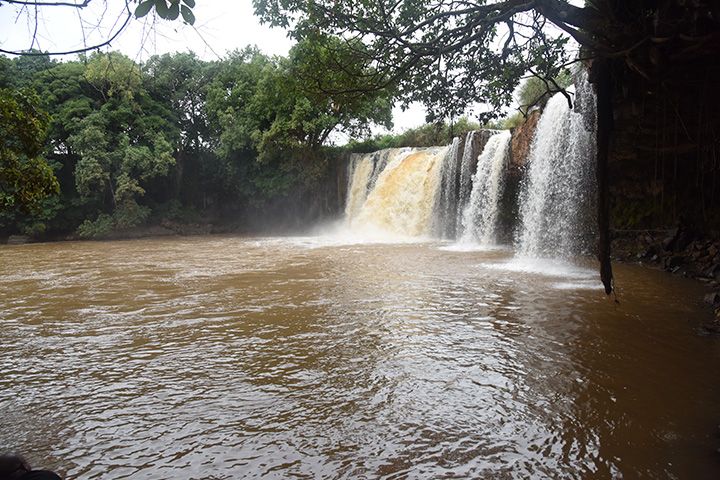
Bini a Warak
In April 2023, Savannah took over the proposed development of the Bini a Warak hybrid hydroelectric and solar project, following the signing of a Memorandum of Agreement with the Government of the Republic of Cameroon. The Bini a Warak project, located in the northern Adamawa Region of Cameroon, involves the construction of a dam on the Bini River, together with a reservoir and associated waterways, powerhouses, substations and a transmission line connecting the project to Cameroon’s northern electricity grid. The project is expected to generate clean, stable, and affordable power for Cameroon’s northern region, increasing the region’s generation capacity by over 50%. This, in turn, will support existing local electricity demand and enable energy-intensive industrial projects that will drive economic development.
Up to 95 MW
To be located in the northern Adamawa Region of Cameroon.
+50%
Expected to increase current on-grid electricity generation capacity in northern Cameroon by over 50%.
110 kV
A 110 kV transmission line is expected to connect the project to Cameroon’s northern electricity grid.
First power 2028-29
The project is intended to be developed on an independent power project basis with project sanction expected between late 2026 and early 2027, first power from the solar unit targeted in the 2028–2029 window and the hydropower unit commissioned approximately four years after project sanction.
1. Calculation based on European Investment Bank (EIB) Project Carbon Footprint Methodologies, Methodologies for the Assessment of Project GHG Emissions and Emission Variations, July 2020.
